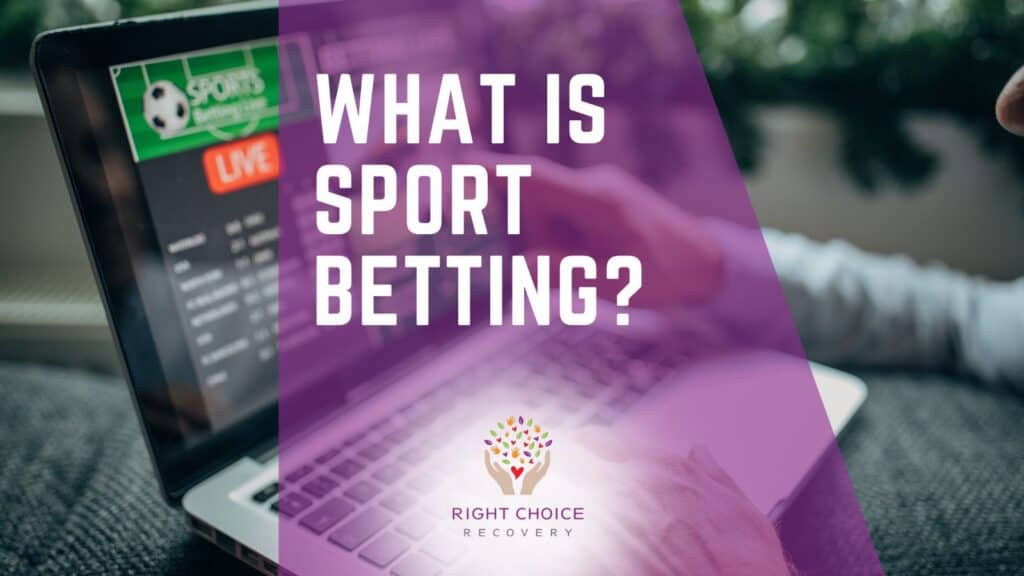
Mobile-Friendly Sites With Gamification Levels
In the digital age, where mobile devices have become the primary means of accessing the internet, the importance of mobile-friendly websites cannot be overstated. These sites are designed to provide users with a seamless experience across devices, ensuring that content is accessible, engaging, and easy to navigate. One of the most exciting ways to enhance user interaction on mobile-friendly sites is through the integration of gamification levels. Gamification strategies are increasingly utilized across various sectors to boost engagement and improve retention rates. For instance, platforms like Mobile-Friendly Sites With Gamification Levels fastbet-live.com/ur effectively utilize gamification techniques to keep users engaged and excited about returning.
What is Gamification?
Gamification is the incorporation of game elements in non-game contexts. It harnesses the motivational power of games to promote engagement with web content. By introducing elements such as points, levels, challenges, leaderboards, and rewards, websites can create a more interactive experience. This approach taps into users’ innate desire for competition, accomplishment, and social interaction.
The Importance of Mobile Compatibility
With mobile usage on the rise, websites must be optimized for mobile devices to ensure they reach a wider audience. Mobile-friendly sites are designed to adapt to the varying screen sizes and resolutions of smartphones and tablets, making them more accessible to users on the go. This is where the strategic use of gamification can particularly shine, by enhancing user experience and promoting longer site visits, which ultimately leads to higher conversion rates.

Elements of Gamification for Mobile Sites
There are several key elements of gamification that can be effectively implemented in mobile-friendly sites:
- Points and Scoring: Users can earn points for completing specific actions on the site, such as sharing content, making purchases, or completing surveys. This not only motivates users but also fosters a sense of achievement.
- Levels and Progression: By offering levels that users can progress through as they engage with the site, it creates a sense of ongoing challenge and goal-oriented behavior. Each level can unlock new content, benefits, or rewards.
- Challenges and Quests: Introducing challenges that users can complete within the site adds an element of fun. These can be time-sensitive or involve user collaboration, enhancing social engagement.
- Leaderboards: Competitive leaderboards can create a sense of community and encourage users to strive for better performance. This is particularly effective in contexts such as educational platforms, fitness apps, and online games.
- Rewards and Badges: Visual recognition in the form of badges or certificates can serve as a powerful incentive for users. Offering tangible rewards for participation can significantly increase engagement levels.
The Benefits of Gamification in Mobile-Friendly Sites
Integrating gamification into mobile-friendly websites provides numerous benefits:
- Increased User Engagement: Gamification encourages users to interact more with the site, leading to longer visit durations and more frequent return visits.
- Improved Retention Rates: When users are invested in their progress and see the rewards of their actions, they are more likely to return to the site.
- Enhanced Learning Experiences: For educational sites, gamification can facilitate better information retention through interactive learning experiences.
- Social Interaction: Gamified sites often encourage users to engage with one another, creating a community atmosphere that can further enhance the user experience.
- Data Collection: Observing user engagement patterns in a gamified environment helps website owners gather valuable data and insights to improve their offerings.
Case Studies of Successful Gamification

Several companies have successfully leveraged gamification to enhance user experience on mobile-friendly websites:
- DuoLingo: This language-learning app uses gamification to motivate users. Users earn points for completing lessons, and can track their progress through levels and achievements.
- Fitbit: The fitness tracker app incorporates challenges, badges, and leaderboards to encourage users to stay active and achieve their fitness goals.
- Starbucks: The Starbucks rewards program creatively gamifies the shopping experience. Customers earn stars for purchases, which can be redeemed for rewards. This incentivizes frequent visits and spending.
Challenges of Implementing Gamification
While there are many benefits to gamification, there are also challenges that need to be addressed:
- Overcomplication: If gamification features are too complex, they can turn users away rather than attract them. The design must be intuitive.
- User Fatigue: Users may grow tired of gamified elements if they are overused or fail to evolve.
- Maintaining Engagement: Strategies for keeping users engaged over time must be continuously updated and improved.
Conclusion
The intersection of mobile-friendly design and gamification levels presents a significant opportunity for website owners looking to enhance user engagement and retention. By adopting an approach that blends accessibility with interactive and fun elements, businesses can connect with customers in a powerful way. As technology continues to evolve, the possibilities for gamification will only expand, allowing for even greater levels of engagement and user satisfaction.
Incorporating gamification techniques in mobile-friendly sites is not just a trend; it’s a strategic necessity that can lead to sustainable growth and success. The future belongs to those who can seamlessly blend user experience with innovative game mechanics, allowing users to feel valued, motivated, and deeply connected to the digital content they consume.